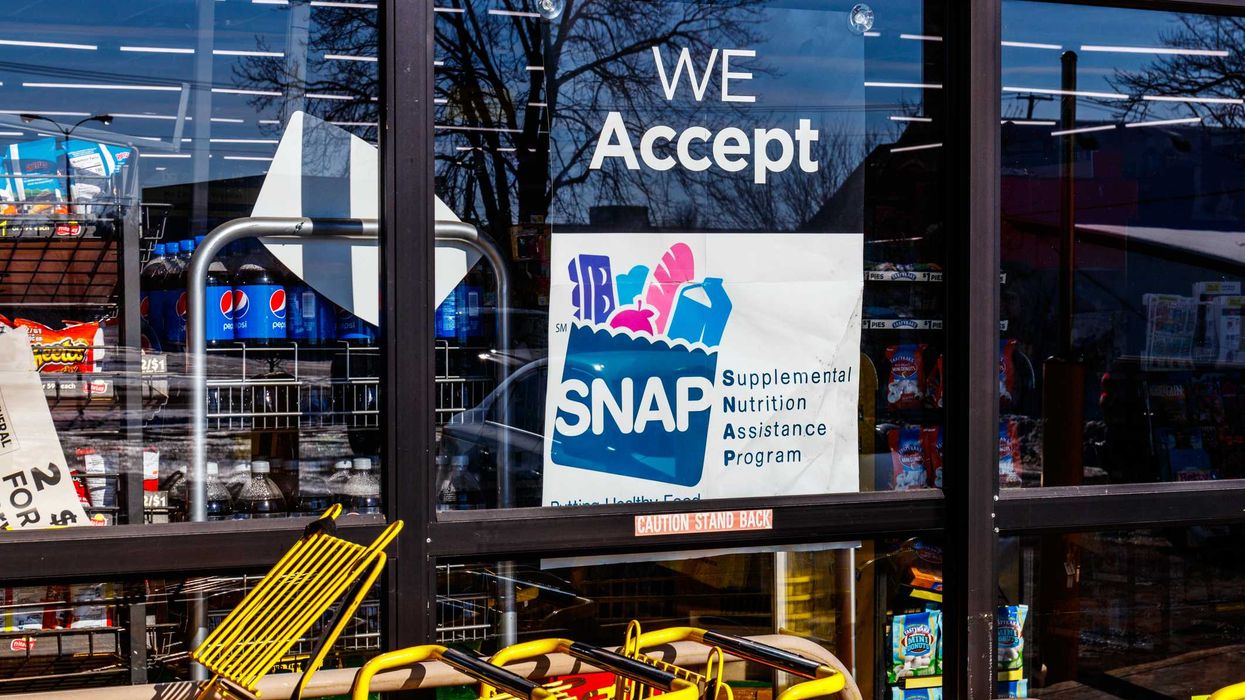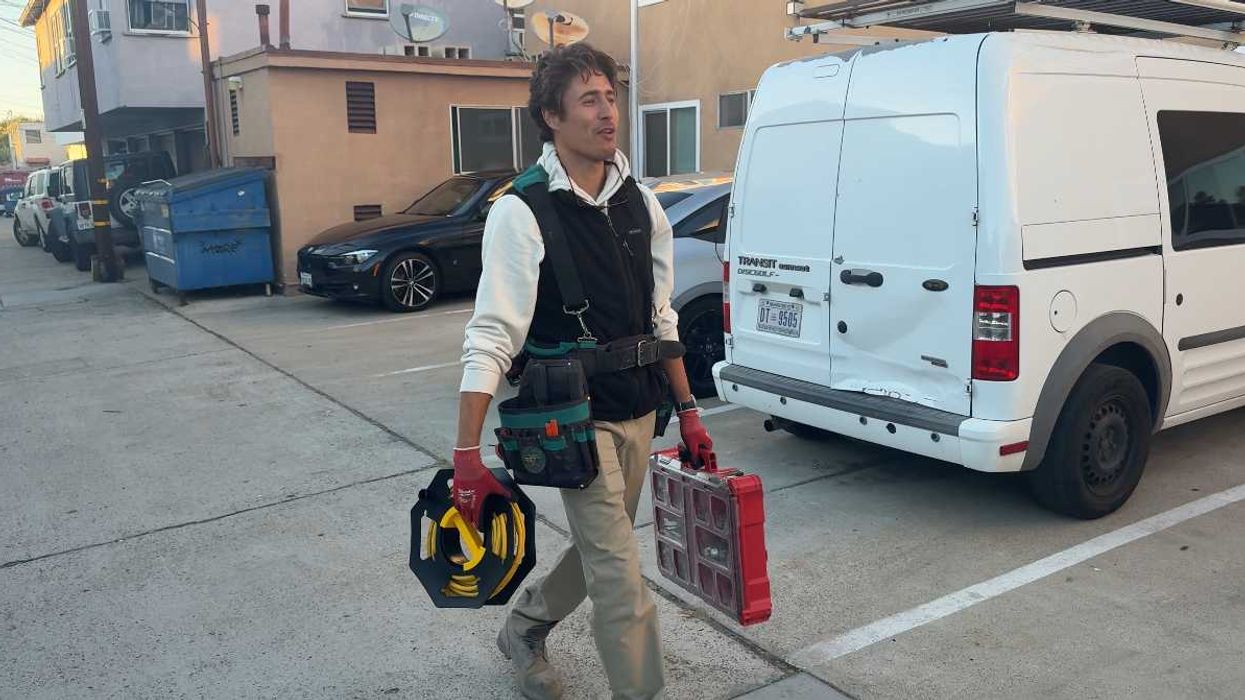For generations, home ownership has been part of the very definition of capturing the American dream. First-time buyers face a process that can be both exciting and daunting—the right home, in the right community, and with the right financing.
As housing costs continue to rise and first-time home purchases are being delayed more than ever, securing a mortgage at a competitive rate for a homebuyer is vital to making home ownership possible, which underscores the need for an accurate and comprehensive way to analyze borrowers’ creditworthiness.
Unfortunately, nearly 1 in 10 potential homebuyers are denied a mortgage when they apply, and that number is considerably higher for young adults, lower-income individuals, and minority borrowers. For example, Hispanic applicants are denied conventional mortgage financing at more than twice the rate of non-Hispanic white applicants, even when income and credit factors are similar, resulting in Hispanic families’ homeownership rate well below the national average. This tragedy is a reality for too many American families across all demographic groups.
Homeownership builds equity and stability. It ties families to their neighborhoods and strengthens local economies. Undermining access to credit means undermining that foundation, and we must continue to find ways to help correct these inequities.
With 61% of Americans “highly concerned” about housing costs, according to a recent Pew Research Center survey, we as a nation need to explore the barriers that may limit financial prosperity and home ownership. In particular, it is imperative to ensure fair access to credit for all Americans, including those in the working class and from underserved communities.
One system that we know works is the tri-merge credit reporting model, so-named because it combines data from all three major credit bureaus to determine a borrower’s creditworthiness.
A more complete profile is helpful for millions of potential borrowers building credit for the first time. Credit histories can be fragmented. Some may have credit cards or auto loans reported to only one bureau. Others pay rent or utilities faithfully, but those payments may appear inconsistently across the system. The tri-merge model fills those gaps, rewards responsibility, and helps families qualify for affordable credit in an impartial manner that reflects their true record, not one that can easily miss important elements.
However, some are now proposing eliminating the safeguard provided by the tri-merge model in favor of a “bi-merge” or “single-pull” model that uses credit reports from two or even just one credit reporting bureau.
But a less comprehensive report would create blind spots that disproportionately harm working-class and minority borrowers. Millions could see their credit scores misrepresented and mortgage applications denied because of missing or outdated data. Fewer families would qualify for home loans that are in fact within their reach, creating an unnecessary obstacle to the dream of ownership.
Given these realities, it is encouraging to see leaders at the Federal Housing Finance Agency (FHFA) reaffirm their commitment to maintaining the tri-merge standard. Ultimately, data-driven fairness and fiscal prudence can go hand in hand and align with FHFA’s stated goal of empowering more Americans.
Still, many borrowers can relate to being frustrated by mistakes or inaccuracies in past credit reports. Yet while there may be compelling reasons to adjust some elements of the reporting process, those reasons are separate from the question of the larger system and can be addressed in much more targeted and effective ways.
There certainly is room to improve policy related to housing, construction, and finance to benefit more Americans. Simplifying for the sake of appearances may feel appealing in Washington, but in practice, it could harm millions of responsible borrowers ' access to credit.
The tri-merge system might sound technical at first, but understanding its practical benefits reveals it as a quiet success story that has enabled more Americans from diverse backgrounds to access credit. Maintaining the pillar of credit access should be paramount to a successful policy that benefits Americans across the board.
Mario H. Lopez is the President of the Hispanic Leadership Fund, a public policy advocacy organization that promotes liberty, opportunity, and prosperity for all.




















 Todd Walters, UFCW Local 135 president, in his office in San Diego.Credit: Alex Segura
Todd Walters, UFCW Local 135 president, in his office in San Diego.Credit: Alex Segura